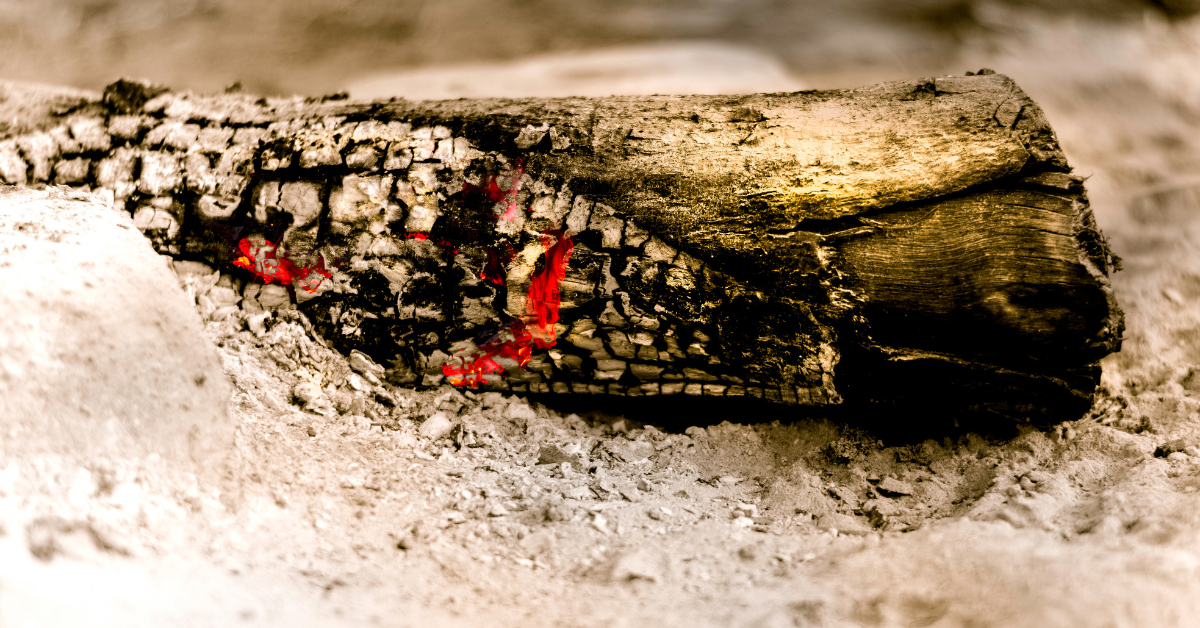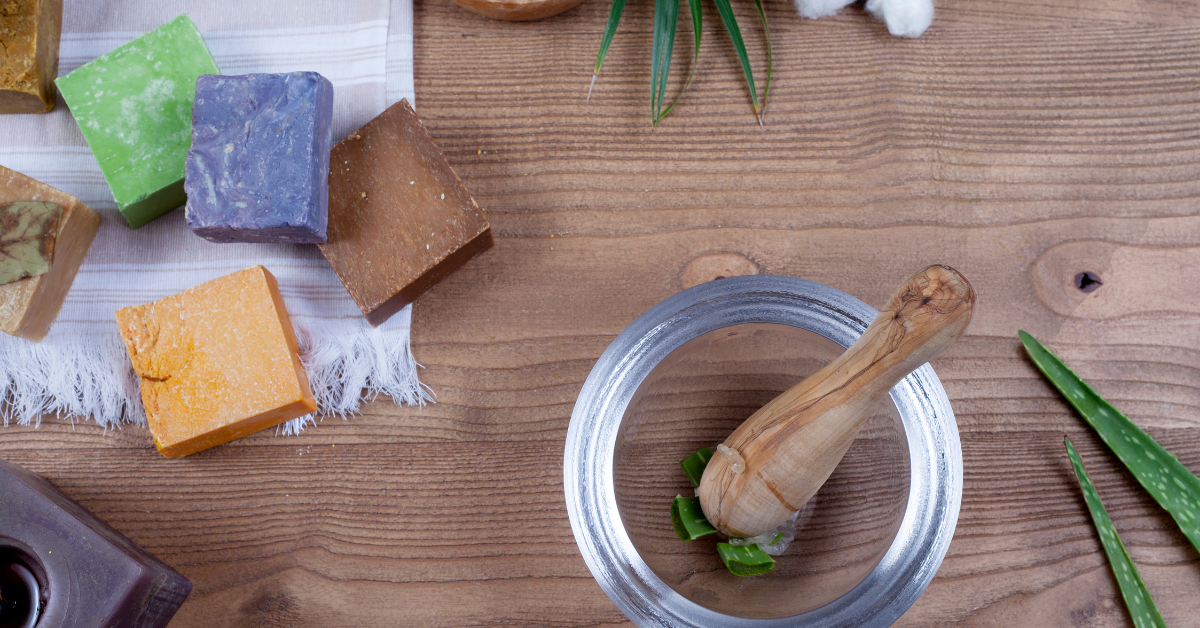
Human Surfactant Use Throughout History: Unveiling the Origins
Surfactants are the remarkable molecules that alter the properties of liquids. Human surfactant use has a long history that stretches back thousands of years. Humans, in their quest for cleanliness and hygiene, have long sought ways to harness the power of surfactants. But what was the earliest known human use of surfactants?
Ancient Mesopotamia and Soap Making
Traveling back in time to ancient Mesopotamia, approximately around 2800 BCE, we find ourselves in a remarkable civilization situated between the Tigris and Euphrates rivers. It was here that early humans made a groundbreaking discovery—the art of soap making. Little did they know that their experimentation with animal fats and ash would unknowingly unveil the hidden power of surfactants.
sa·pon·i·fi·ca·tion
/səˌpɑːn.ə.fəˈkeɪ.ʃən/
noun
:the hydrolysis of a fat by an alkali with the formation of a soap and glycerol.
In their quest for cleanliness and hygiene, these resourceful individuals stumbled upon a unique combination of ingredients that would revolutionize their daily lives. By combining animal fats, which contained compounds known as triglycerides, with ash, which provided an alkali substance, they set in motion a chemical reaction called saponification—the birth of the earliest known soap and the utilization of surfactants.
Tracing the Roots of Human Surfactant Use
Ancient Mesopotamians quickly realized that certain mixtures of fats and ashes produced a substance that had extraordinary cleansing properties. This remarkable discovery made cleaning easier and more effective, paving the way for improved hygiene practices among the population. It was the surfactants present in the soap that played a pivotal role in this cleansing process.
Surfactants in Action
Surfactant molecules possess a distinctive structure, with one end being hydrophilic (attracted to water) and the other end being hydrophobic (repelled by water). This unique characteristic allows surfactants to interact with both water and oils simultaneously, making them incredibly effective in removing dirt and grime from surfaces. The hydrophobic end of the surfactant attaches to oil and dirt particles, while the hydrophilic end ensures that they can be easily rinsed away with water, leaving surfaces clean and refreshed.
Understanding the Role of Surfactants in Human Cleansing Practices
The discovery of soap in ancient Mesopotamia had a profound impact on hygiene and sanitation practices. The introduction of surfactants enabled individuals to cleanse their bodies, wash their clothes, and maintain a higher level of cleanliness within their communities. This early utilization of surfactants not only improved personal hygiene but also contributed to the prevention of diseases and the overall well-being of the population.
Tracing the Evolution of Human Surfactant Use
The knowledge of soap making and surfactant use spread across ancient civilizations, transcending geographical boundaries. From Mesopotamia, the art of soap making journeyed through time, reaching the ancient Egyptians, Greeks, and Romans. Each culture added its own unique touch, incorporating various natural ingredients and fragrances to enhance the cleansing experience. Soap making techniques continued to evolve, with the refinement of surfactant formulations and the introduction of new ingredients to further optimize their cleansing properties.
The ancient civilization of Mesopotamia serves as the birthplace of human surfactant use, with soap making being its tangible manifestation. Through the accidental combination of animal fats and ash, early humans unwittingly tapped into the power of surfactants, setting the stage for a practice that would shape the course of history. The impact of surfactants on human lives, from ancient times to the present day, is a testament to their remarkable properties and the enduring pursuit of cleanliness and well-being.
Modern Soap Making Practices
Soap making has come a long way since its origins in ancient civilizations thousands of years ago. While the basic principles remain the same, modern soap making techniques have evolved and incorporated advancements that enhance the quality, variety, and efficiency of soap production. Some of the notable differences between modern soap making and how humans originally made soap in ancient times lie in:
- Ingredients and Raw Materials
- Quality Control and Consistency
- Additives and Fragrances
- Technological Advancements
- Safety and Regulations
Ingredients and Raw Materials:
In ancient soap making, animal fats, such as tallow or lard, were commonly used as the primary source of fat. Ashes from burned plants, particularly those rich in alkali, provided the necessary alkaline component for saponification. These simple ingredients were readily available and easily accessible.
In modern soap making, soap makers have a wider range of fats and oils to choose from, including vegetable oils like olive oil, coconut oil, palm oil, and more. These oils offer different properties and can be combined to create unique soap formulations with desired characteristics. Additionally, modern soap makers have access to refined alkalis, such as sodium hydroxide (lye) or potassium hydroxide, which provide consistent and controlled saponification.
Quality Control and Consistency:
Ancient soap making relied heavily on trial and error, with soap makers adjusting the proportions of fats, ashes, and water to achieve desirable soap properties. However, this process was not always predictable, resulting in variations in soap quality and consistency.
Modern soap making benefits from scientific knowledge and precise measurements. Soap makers can calculate the exact amount of fats, alkali, and water needed for a particular recipe, ensuring consistency in soap production. This level of control allows for reliable and reproducible results, leading to higher-quality soaps.
Additives and Fragrances:
Ancient soap making focused primarily on the basic function of soap—cleaning. Fragrances and additives were not commonly incorporated, and soap was primarily utilitarian in nature.
In contrast, modern soap making offers a vast array of additives, botanicals, essential oils, and fragrances. Soap makers can enhance their products with various ingredients to add scent, color, texture, and specific benefits, such as moisturizing or exfoliating properties. These additions contribute to the diversity and customization of modern soaps, catering to different preferences and skin needs.
Technological Advancements:
Ancient soap making techniques relied on manual labor and simple tools. The process involved mixing fats and ashes, followed by a long curing period to allow the soap to solidify and become usable.
Modern soap making benefits from technological advancements and equipment designed to streamline the process. Soap makers often use precise scales for accurate measurements, immersion blenders for efficient mixing, molds for shaping the soap, and curing racks or ovens to expedite the curing process. These tools and techniques save time and improve overall production efficiency.
Safety and Regulations:
Ancient soap making did not have the regulatory frameworks and safety standards that exist today. Soap makers had limited knowledge about potential hazards associated with certain ingredients or handling procedures.
Modern soap making is subject to strict safety regulations and guidelines. Soap makers are aware of potential hazards and take precautions to protect themselves and consumers. They follow established guidelines for handling chemicals, use personal protective equipment, and ensure proper labeling and product information.
Modern soap making has evolved from its ancient origins, incorporating advancements in ingredients, quality control, additives, technology, and safety. These developments have expanded the possibilities for soap makers, allowing them to create a wide range of high-quality, customized soaps that meet the diverse needs and preferences of consumers.
Growing Availability of Fermentation-Produced Biosurfactants
The widespread use of chemical surfactants has raised health and environmental safety concerns for consumers. Locus Ingredients’ Amphi® line of fermentation-produced biosurfactants offer several advantages as alternatives to chemical surfactants for consumers.
Amphi® biosurfactants are:
- USDA certified 100% biobased
- Readily biodegradable
- Palm oil free
- 1, 4-dioxane free
- Free from ethylene oxide, formaldehyde and other Proposition 65 chemicals
While biosurfactants offer several advantages, it is essential to note that their commercial use and availability may still be limited compared to chemical surfactants. However, ongoing research and technological advancements, such as Locus Ingredients’ novel, modular production process, continue to expand the understanding and utilization of biosurfactants, paving the way for a more sustainable and consumer-friendly surfactant market.
The Amphi® ingredient line features a range of HLB and foaming characteristics, providing formulators with the flexibility needed for formulation optimization. The expanded Amphi® line of biosurfactants features sophorolipids—a type of biosurfactant in the glycolipid class—that have many unique advantages over chemical-based and other bio-based surfactants. They are designed to provide formulators with cost-effective, sustainable solutions that replace and outperform legacy surfactants used in the global industrial market.




